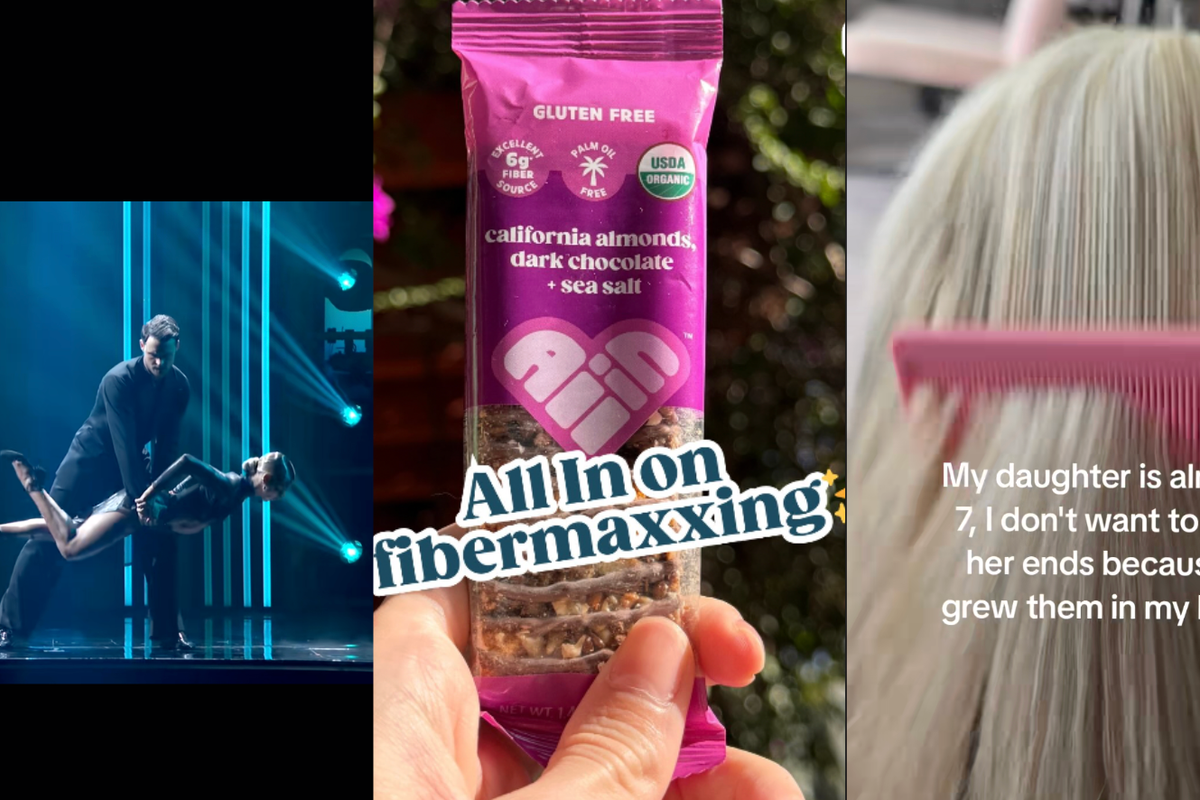Veterinarians explain the mystery over what makes cats literally flip out over aluminum foil
It's like water.

Vets explain what makes cats literally flip out over aluminum foil
Cats really are strange creatures sometimes. We joke about them being liquid because they attempt to find a way to sit in the smallest, most awkward spaces for seemingly no reason. They can also be menaces to society, knocking things off of shelves, dipping their paws into whatever you're eating, or pouncing on your head while you're trying to sleep. There seems to be no end to their categorically weird behavior; they're even scared of strategically placed inanimate objects.
There are tons of videos showing cats practically leaving their body when they come face to face with a stray cucumber or orange. This is something that seems to have been repeated with aluminum foil. For some reason, a lot of cats simply can't stand the shiny stuff if it's not in the form of a ball with a bell inside. So what is it about the food wrap that causes felines to flip out if they encounter it? According to Forever Vets, the answer is simple–sensory overload.

Aluminum foil is shiny and smooth so when a cat's paw touches it the texture is foreign to them and may seem dangerous. But the real challenge comes when they put weight on the paw touching the foil. The noise foil makes when manipulated in any way can be uncomfortable or overwhelming to a cat's sensitive ears.
"Cats are highly particular about the surfaces they walk on, and many prefer soft, stable footing. Aluminum foil is the opposite — it's crinkly, slippery, and unpredictable. Cats rely on their paw pads to gauge texture and stability, and aluminum foil creates an unsettling sensation that they are not used to. The instability beneath their feet makes them feel unsafe, prompting them to jump away," Forever Vets writes in a blog post.
@paws.of.tiktok Cats discovering aluminum foil for the first time are some of the most hilarious moments lol #cat #catsoftiktok #catlover #foryou #funnycat ♬ original sound - .
One school of thought is that aluminum foil resembles water due to its reflective surface. Purrfect Fence says, "If a cat had not been exposed to foil before, and suddenly there was a large 'puddle' of it on the floor or countertop, it’s possible that it could be mistaken for water at first glance. In general, it’s safe to say that cats prefer to stay dry. So if the foil is initially perceived to be water, then most cats would likely be hesitant to walk right onto it."
Whether cats believe foil is a slippery sheet of ice or a suddenly appearing pond, it can be used as a short-term deterrent. Short-term, because while it may work great to keep cats from jumping onto counters or stop them from scratching furniture, it won't change their instinct to do so. That means as soon as you remove the foil deterrent, the unwanted behavior will surely return just as fast as it stopped. It also doesn't work for the long term because some cats are braver than others. Eventually, a brave kitty will figure out the foil isn't scary and test it out until they've become used to the sensations the aluminum foil brings.
@phanthavongrisugl Cat vs Aluminum foil #cat #catsoftiktok #funny #pets #funnycats #funnyvideo #foryou ♬ original sound - Cat Tales
This doesn't mean it doesn't have its place in deterring felines from unwanted behaviors. If you're attempting to keep cats out of a Christmas tree until presents are snuggly fitted beneath the branches, foil is a cheap and easy solution. The same goes for when you're preparing for a birthday party or holiday meal. Placing foil on the counters and table for a few days before the event will likely deter the furry roommates from adding their hair as seasoning to whatever dish you're preparing.
Cats are smart, determined little creatures, so the majority of deterrents used will have a shelf life of effectiveness. According to the International Association of Animal Behavior Consultants, the use of positive reinforcement is the best way to train animals...yes, even cats.





 "You're hilariously brilliant at everything you hate."
"You're hilariously brilliant at everything you hate."  "Bridget is authentically herself…and triumphs in her own way."
"Bridget is authentically herself…and triumphs in her own way."  "They're written in some curious language that I can't really understand."
"They're written in some curious language that I can't really understand." 
 Beaver on riverbank.
Beaver on riverbank.  Pbs Nature Swimming GIF by Nature on PBS
Pbs Nature Swimming GIF by Nature on PBS  An actual beaver dam on the now-thriving Price River
An actual beaver dam on the now-thriving Price River 
 Wash the dishes before I get home from bowling! Photo by
Wash the dishes before I get home from bowling! Photo by  music video 80s GIF
music video 80s GIF 
 An embarrassed woman covers her face
An embarrassed woman covers her face A woman laughs while trying to hide her face from the cameraCanva
A woman laughs while trying to hide her face from the cameraCanva Green Flag GIF by The Last Talk Show
Green Flag GIF by The Last Talk Show A woman covers her faceCanva
A woman covers her faceCanva